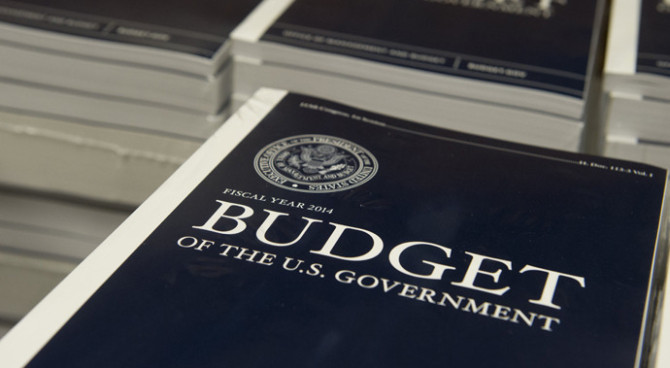The top 10% of earners already pay 71% of federal income taxes—highest in the developed world.
Given that the top 10% of income earners in America pay more than 71% of federal income taxes and do most of the saving, investing and innovating that fuel America’s economic growth, it’s hardly surprising that a tax reform proposal to stimulate growth would reduce the marginal tax rates of high-income Americans. What is astonishing, however, is the difficulty advocates of tax reform seem to have in defending their proposal against the attack that it benefits the rich.
When is the last time you heard a tax-reform advocate point out that today the top 10% of income earners in America pay a larger share of the overall tax burden than anywhere else in the developed world? The most recent study on the distribution of the tax burden among nations was conducted by the Organization for Economic Cooperation and Development in 2008, and covered all forms of taxes on income, including social-insurance taxes and state and local taxes. The top 10% of earners in the U.S. paid more than 45% of all taxes on income. In Sweden the top 10% of earners paid less than 27%; in France, less than 25%. Since Sweden and France both have large value-added taxes, a regressive levy, their top-10% earners bear an even smaller share of the total tax burden. The next time Bernie Sanders demands that the rich pay their fair share, somebody should ask him if he would be satisfied if the American rich paid the same share as their counterparts in Sweden and France.
The imbalance got even worse in January 2013, when President Obama increased taxes on high-income Americans. He raised the top rate on ordinary income by 13%, increased the tax on dividends and capital gains by 59%, and imposed a 40% death tax. Combined with a smothering regulatory burden, these increases helped reduce economic growth to only 43% of the postwar norm. Yet advocates of tax reform today scramble to prove their reform preserves the post-Obama tax-burden distribution. Why would Republicans commit to make the punitive Obama tax increases a perpetual feature of the distribution of the tax burden?
For that matter, when did America become so hostile to the successful? Henry Ford, Andrew Carnegie, Thomas Edison, Sam Walton and Bill Gates all became rich by producing goods and services we chose to buy because they enriched our lives. They received only a small share of the bounty that their drive and genius created. Come to think of it, when was the last time you were hired by somebody poorer than you?
It does not necessarily follow that higher tax rates increase revenue. By raising taxes on top income earners, the Obama administration planned to raise $620 billion over 10 years. Redistributionists should be a little sobered by the fact that in the 10 years following the Obama tax increases the government is now on track to lose $3.2 trillion in revenue due to a decline in economic growth.
Despite Sweden’s and France’s willingness to impose higher marginal rates on the rich, it would appear that there are limits in the real world to how much tax blood can be extracted from wealthy turnips. The experience of OECD countries strongly suggests that in high-spending countries with high marginal tax rates and low economic growth, an increasing share of the tax burden is actually shifted from high-income individuals to the middle class.
It is equally clear that by stimulating growth, the Reagan tax cuts produced more revenue and increased the share of taxes paid by the rich. The share of income taxes paid by the top 10% of earners, which had been falling prior to the Reagan tax cuts, increased 20% during Reagan’s presidency. The U.S. government collected 19% more real revenues the day Reagan left office than the day he came into office, even though inflation had been broken, bracket creep repealed, and tax rates reduced dramatically.
Which brings us to the death tax. Americans work their whole lives, pay taxes on every penny they earn, build a farm, a business or an estate—and when they die, the government takes another 40% of everything they have accumulated. To escape this fate, the most talented people in our society squander massive amounts of time and resources trying to beat the death tax. The very rich often succeed, but at what cost?
Because of the death tax, older investors hold assets that they would like to sell, keeping them from buyers who could put them to better use. They know that if they sell the farm or business, pay the capital-gains tax and then die, they will end up paying out some two-thirds of the value of their life’s work to the government.
How many baby boomers who retire early and squander their accumulated wealth would continue to work, create and accumulate if government did not prevent them from transferring the benefits of their efforts to their family? Comparing the estimated static cost of repealing the death tax with the potential economic benefits from its repeal, it seems clear that repealing the death tax is one of the most cost-effective pro-growth tax reform policies.
One has to marvel at how anybody can find it difficult to defend repealing the death tax. Everything about the tax is wrong and the economics of repealing it are right. Republicans should let the Democrats keep their monopoly on redistributing wealth and seize the monopoly on creating it.
Mr. Gramm, a former chairman of the Senate Banking Committee, is a visiting scholar at the American Enterprise Institute.



